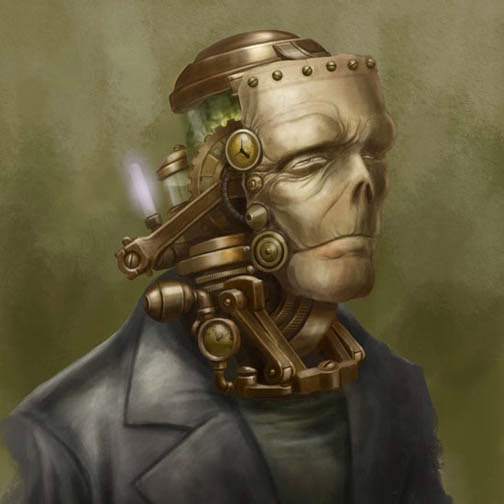

In the 12th and 13th centuries, Arabic polymath Al-Jazari designed and built some of the Islamic Golden Age’s most astounding mechanical creations. Painting depicting Al-Jazari’s floating band. The 450-year-old device is still operational today, and is held at the Smithsonian in Washington, D.C.

The robot can walk in a square pattern mouthing devotionals, nodding its head and occasionally beating its chest with its right arm and kissing a rosary and cross with its left. Working together, these elements give the impression of a monk deep in prayer. Artificial feet step up and down to imitate walking, and the friar’s eyes, lips and head all move in lifelike gestures. Completed sometime in the 1560s, Turriano’s 15-inch-tall automaton is powered by a wound spring and uses an assortment of iron cams and levers to move on three small wheels concealed beneath its monk’s robe. When the Prince recovered, Phillip II commissioned a clockmaker and inventor named Juanelo Turriano to build a lifelike recreation of beloved Franciscan friar Diego de Alcalá (later Saint Diego). According to legend, Phillip II’s son and heir suffered a head injury, and the King vowed to the heavens that he would deliver a miracle if the boy were spared. The 16th century “mechanical monk” may have been the result of King Phillip II of Spain keeping up his end of a holy bargain.


 0 kommentar(er)
0 kommentar(er)
